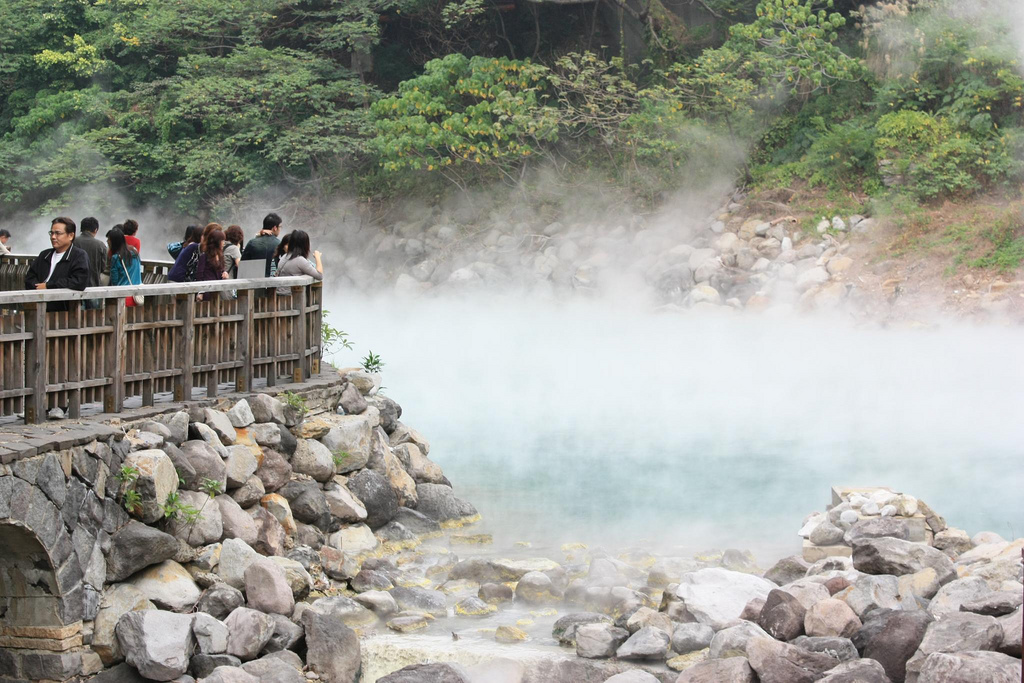Geothermal could be important baseload source of power in Taiwan

Geothermal could not only be an important renewable energy source for Taiwan, but also become an important source of reliable decentralised baseload power.
Power blackouts have hit various regions in the past, e.g. in California and Texas, but also in Taiwan in May 0f 2021. On May 13, 2021, a national blackout saw multiple regions experience periodic power outages that lasted as long as 50 minutes at a time. Only 4 days later on May 17, 2021 another wave of blackouts swept over Taiwan. An article published on Taiwan Insight points to various problems and risk faced with Taiwan’s current electricity system and describes how geothermal energy could help mitigate many of these problems and risk and help Taiwan transition to 100% renewable energy.
As an island nation, the country is independent of neighbouring countries having to meet domestic demand locally. Coal remains the predominant source of electricity. “In 2016, coal-fired power plants in Taiwan emitted an average of 0.916 kg-CO2e GHGs per kWh of electricity generated, totalling an annual GHG emissions factor of 76.09 Mt-CO2e. ”
Another aspect clearly is air pollution from coal fired plants. But in the context of the blackouts, the whole power supply depends on these centralised plants in central and south Taiwan. Natural gas is the second largest source of electricity in Taiwan and they also have environmental impacts due to emissions. Nuclear ranks third in contribution, representing around 11.22% of electricity fed into the grid in 2020.
As of today, renewables and – as called in the article – semi-renewable energy resources are only representing around 6.6% of the electricity generated in 2020. Hydropower is the largest component thereof yet with recent droughts the capacity was effected. This was also one of the factors leading to one of the blackouts. On May 13, 2021 the hydropower output was 1.8 GW less than expected, meaning a shortage of 5% of the peak demand that day. Due to climate change and unpredictability of rainfall for the hydropower dams, Taiwan should not rely on hydropower as only baseload renewable power.
Wind, solar and biomass are all additional sources today and options for the future, yet – so the article – not providing the baseload attribute offered by geothermal energy.
One of the most significant advantages of geothermal in Taiwan is that its resources are abundant and can be found in many parts. According to the Industrial Technology Research Institute’s assessments in 1985, geothermal resources in Taiwan, excluding those in nearby submarine volcanoes, could generate 31.8 GW of electricity. That is equivalent to Taiwan’s current total baseload power. Furthermore, these geothermal reserves are dispersed across the country. For example, they are in four of the six special municipalities: six of the 13 counties and two of the three cities in Taiwan. With such a wide distribution, these geothermal reserves can help decentralise Taiwan’s electricity system and make different regions, especially northern Taiwan, more energy independent.”
In the article, the author looks then into the environmental impacts of geothermal emissions, the baseload capacity, small footprint and the opportunity of providing clean, flexible, decentralised power generation for Taiwan.
Yet, while the first geothermal plant started operation as early as 1981, technical difficulties saw it shut down and geothermal essentially got forgotten. A new geothermal plant is just about to be inaugurated and there are wells currently being drilled by Swedish company Baseload Capital. So things are moving. So there is hope and geothermal could take up 30.4% of the energy mix in 2050 in a 100% renewable Taiwan, so The Solutions Project. So within 30 years the target would be to go from 0% to 30.4%, a clearly ambitious target.
Source: Taiwan Insight